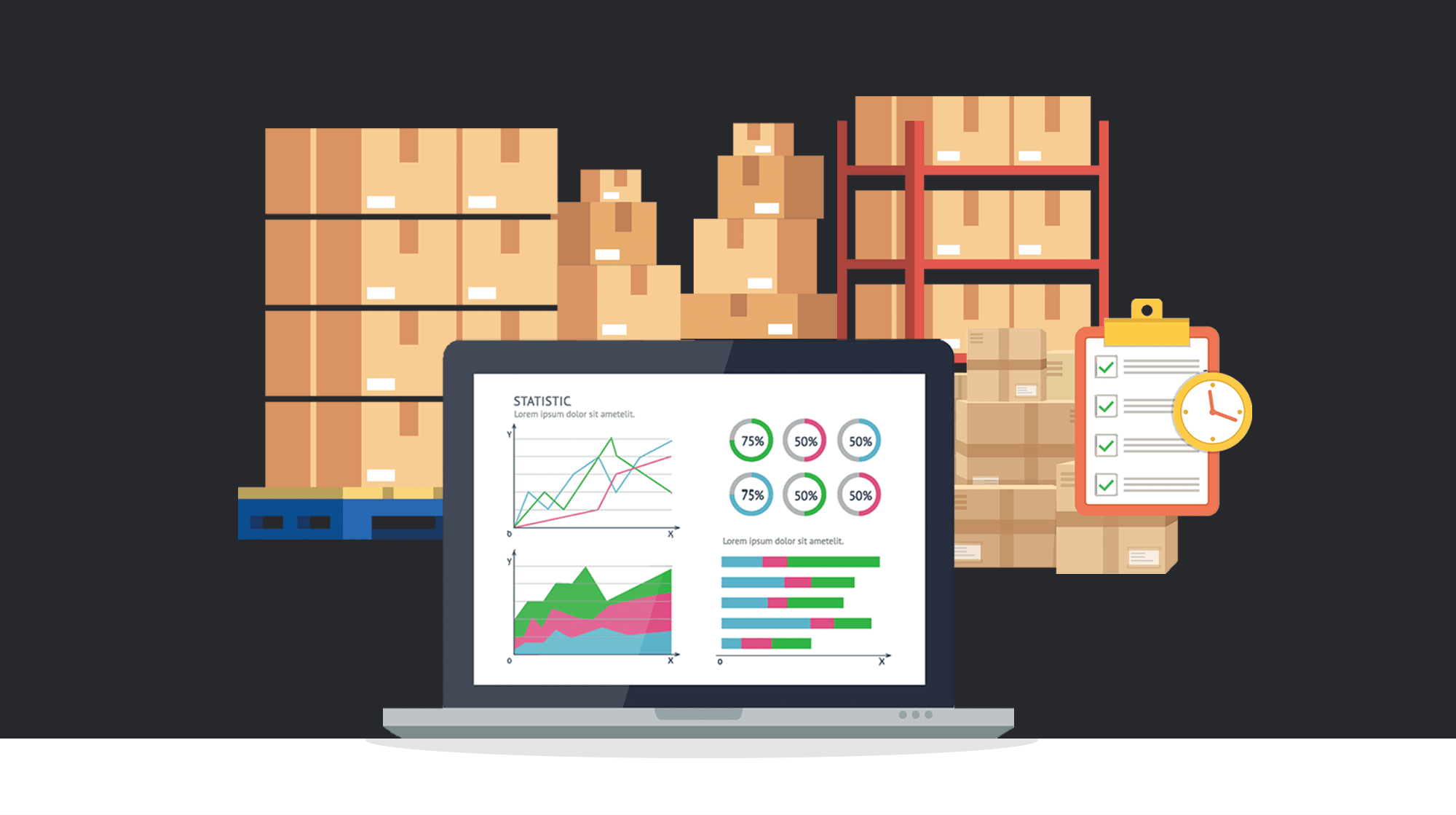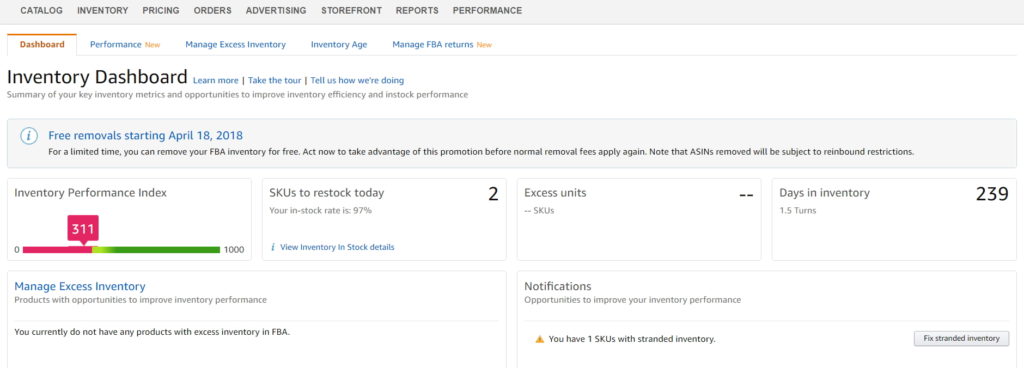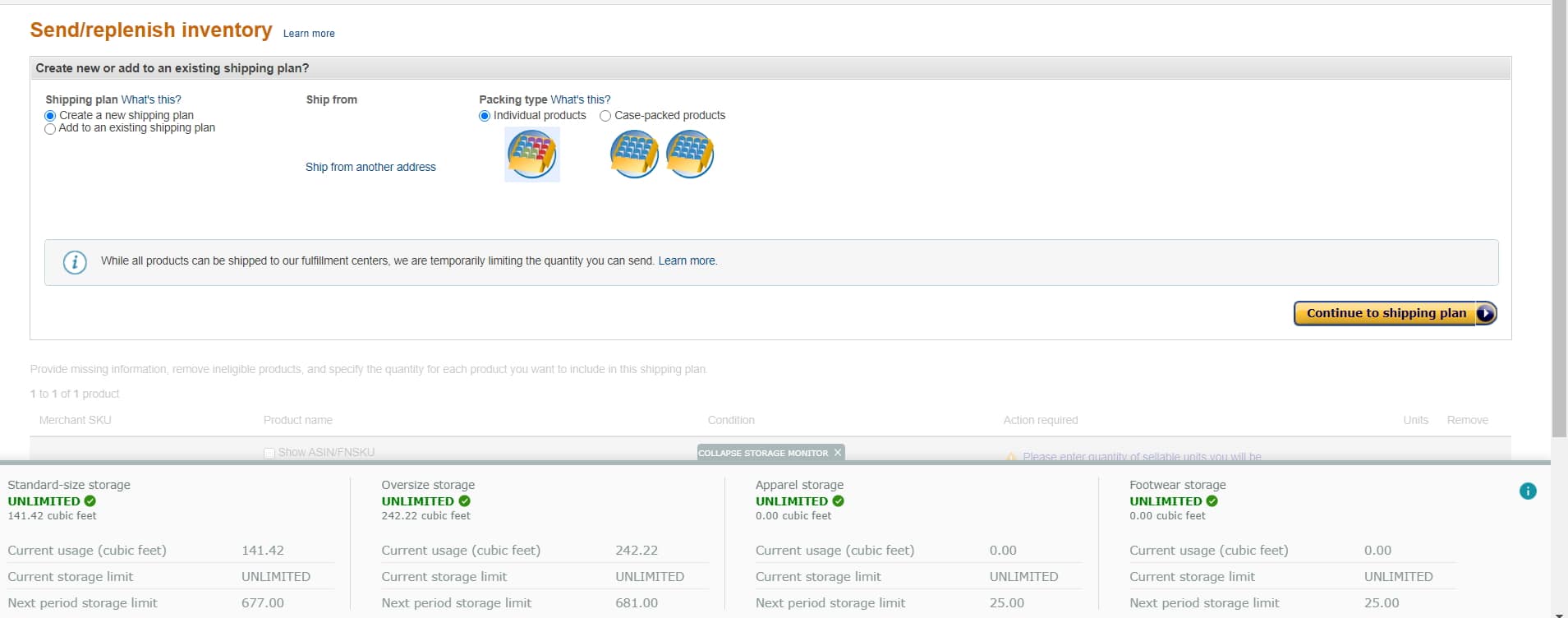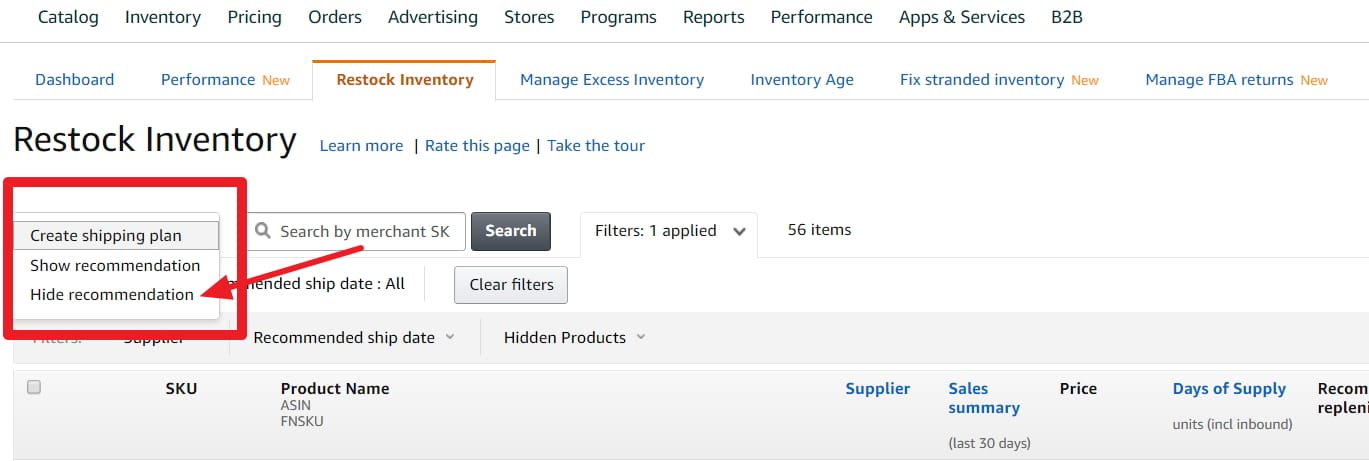What is Amazon’s Inventory Index (IPI) Score & How Is It Calculated?

This article contains affiliate links that will allow us to earn commissions without any extra cost to you. Read our full disclosure here.
One of the biggest changes Amazon recently introduced to its fee structure is something called the Inventory Performance Index (IPI). What exactly is the IPI, how is it calculated, and what are the consequences if you have a poor IPI? In this article, we'll assess all of these things.
Related Podcast: Episode 152: Amazon News Including Inventory Performance Index, Boost, and More.
Related Article: Amazon Storage Limits and How to Avoid Them

OR 10% OFF Every Month When You Use Code: ECOMCREW10
What is Inventory Performance Index?
The Inventory Performance Index (IPI) is a score Amazon assesses to determine how well sellers are managing their inventory. You can score between 0 and 1000.
As with many of Amazon's decisions for sellers, the IPI seems to largely revolve around Amazon's overflowing warehouses and trying to get sellers to better optimize their inventory.
If you're a new seller you won't have an IPI score – normally you do not get an IPI score until about 15 weeks after you send your first item into Amazon FBA.
You can see your current score in your Inventory Dashboard within Seller Central.
How is the IPI Calculated?
The most frustrating thing about the IPI is that Amazon refuses to comment on how it is calculated. When asked how the IPI is calculated, Amazon responded “The calculation is proprietary and will not be published, just as we do not publish the Buy Box algorithm.” Amazon gives a very non-helpful explanation of how to improve your IPI as follows “The best way to increase your IPI score and minimize your FBA storage fees is to reduce unproductive inventory and keep your productive inventory at lean levels while ensuring you have enough on hand to minimize lost sales.”
Currently, though Amazon says there are three factors that affect your IPI score:
- Reducing excess inventory to increase profitability
- Increasing sell-through to balance your inventory weeks of cover
- Ensuring inventory is buyable by fixing listings that are stranded
Amazon explicitly states that “IPI points are not deducted for running out of stock”. This point bears repeating as it is a very common misconception: being out of stock will not negatively affect your IPI score.
Stranded inventory will affect your IPI score but it's an easy fix. So, in other words, the key factors in improving your IPI is to avoid having over-stockages at Amazon and improving your sell-through rate. To the last point, Amazon calculates your sell-through rate as follows:
Sell through rate = Units sold/shipped over the past 90 days/average number of units available at fulfillment centers of the past 90 days.
So, for example, if you sold 100 units over the last 90 days and had an average of 200 units in stock during that time your average sell-through rate would be 0.5. My other sneaking suspicion is that Amazon heavily punishes products with zero sales over 90 days.

You can see a dashboard with all of our key metrics by going to sellercentral.amazon.com/inventory-performance/dashboard/ (login required).
Your IPI score is typically calculated weekly on Monday.
What are the punishments for a bad IPI Score?
The punishments for a poor IPI score (varies between 400 to 500 – check Amazon for the most current thresholds) is inventory storage restrictions and higher storage fees ($10/CFT to be exact).
Amazon does not disclose how much your inventory storage limits will be until you fall below an IPI of 400 but in the one instance our account did fall below the threshold (previously 350) we had potential storage limits of roughly 5x our current storage. In this case, the storage limits would not have been very punitive; I've heard of cases when storage limits were very prohibitive.
You can see your current storage limits and potential storage limits at the bottom of any shipments planning window.
Amazon calculates your IPI each quarter (March 31, June 30, September 30, and December 31) and also 6 weeks prior to the quarter's end. If it's below 400 either at the quarter's end AND 6 weeks prior then you get penalized. So, for example, if on May 19 (6 weeks prior to June 30) you have a score of 401 but on June 30 you have a score of 0, you will not be penalized. Likewise, if on May 19 you have a score of 0 but on June 30 you have a score of 401, you will not be penalized. You basically get one free ride. It's a bit confusing but hopefully, that makes sense.
How Does Your IPI Score Impact “Capacity Manager” Storage Limits?
In late 2022, Amazon rolled out significant changes to how it implements storage limits, most significantly through the implementation of the “Capacity Manager”. Amazon now sets out a monthly storage capacity and also forecasts your capacity limits three months in advance.
How does your IPI score impact your storage limits with Capacity Manager? Amazon says that your IPI score does impact your storage capacity but does not reveal how much. In my experience, your IPI score is not an accurate reflection of how much storage capacity you will get, i.e. a great IPI score doesn't mean you will have high storage limits. The most important factor appears to simply be how much product you historically sold in that period.
Common Misconceptions About IPI Scores
Let's also discuss a few misconceptions about IPI scores:
- IPI Scores affect ASIN Limits – This is false. During periods where Amazon has ASIN replenishment limits, your IPI scores do not negatively or positively affect ASIN limits.
- New products hurt your IPI score – This is false. Amazon only looks at the sales history of products after 90 days, therefore launching new products does not hurt your IPI score.
- New Seller accounts have an IPI score – This is false. New seller accounts will not get an IPI score until approximately 15 weeks after they send their first item to Amazon FBA fulfillment centers.
- You can quickly improve your IPI score by large amounts – This is false. Your IPI is a reflection of both recent sales/storage activity and historical sales/storage activity.
- Marking items as non-replenishable helps your IPI score – This is false. Marking an item as non-replenishable does not have any impact on your IPI score.
IPI Only Applies to Amazon.com (for the Time Being)
As far as I know, the Inventory Performance Index only currently applies to Amazon.com sales and not any other marketplaces. This isn't surprising as Amazon is trying to aggressively grow into other marketplaces and these foreign warehouses aren't facing the same capacity problems that U.S. warehouses are.
What Should You Do?
As the algorithm used to calculate IPI is a mystery, we can only hypothesize some firm action steps you can take to avoid being penalized by a poor IPI:
- Look at your IPI score now
- Make sure you have an IPI above the minimum threshold (between 400 to 500) either at the quarter's end or 6 weeks prior
- Better utilize 3PLs for storage and increase the frequency of sending inbound shipments into Amazon
- Maintain 30 to 60 days of stock and not more
- Fix stranded inventory immediately
- Remove excess inventory
- Create shipments in advance if you think you will fall below 400 for both reporting periods
To this last point, one current workaround to the IPI is to create shipments in advance. When you have restrictions placed on your account it will affect your ability to create inbound shipments. However, as long as those shipments are already created, you can send in that inventory.
Conclusion
The Inventory Performance Index is still a relative mystery for Amazon Sellers. Over the next several weeks, especially as June 30 inches closer (the first rollout of penalties), we should have a clearer picture of the most important factors in determining your IPI as well as the potential penalties for having a poor IPI.








Really Amazon is trying to aggressively grow Thanks for sharing this by reading this article I got the idea how of how to calculate inventory performance index.
Glad it helped :)
This post is brilliantly written and provides all the necessary information.
One idea I’ve heard is that is is influenced by how profitable your products are per cubic foot. It would make sense for Amazon to favor sellers with small fast-selling products vs Large slow-selling products. I.e. $50 cell phone cases that are 0.02 cubic feet vs a $15 plastic drawer set that is 2 cubic feet. The former will allow Amazon to make much more money per cubic foot of storage area. Some sellers have shown screenshots with terrible metrics per the four categories Amazon measures, but still have very high IPI scores. Others have great looking metrics but low IPI scores.
Yes! I’ve heard this as well.
I wonder if I have inventory being shipped from CHINA to FBA let say over 45 days. Does those inventory in transit affect IPI score ? or only available inventory in stock that affect IPI ?